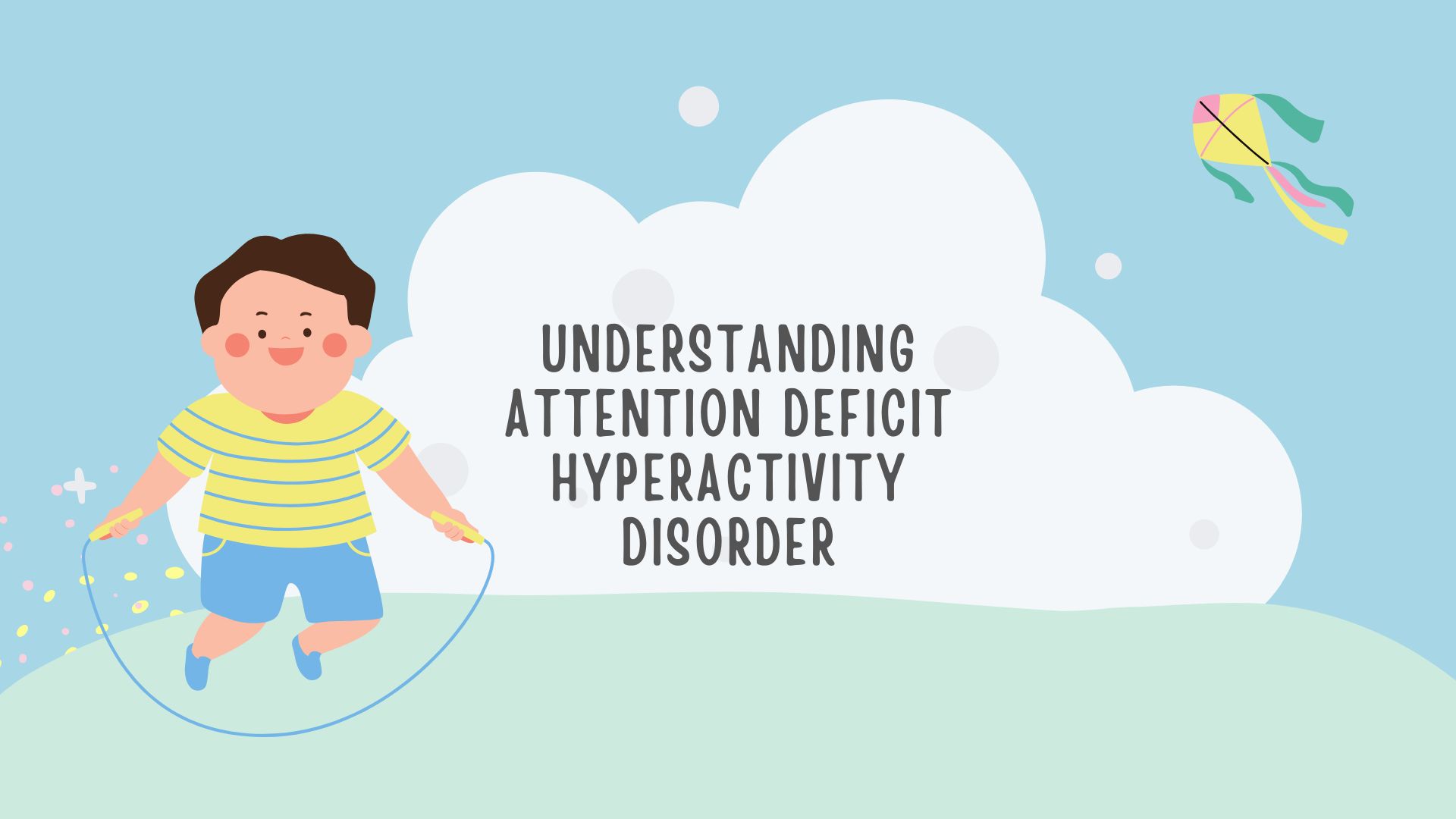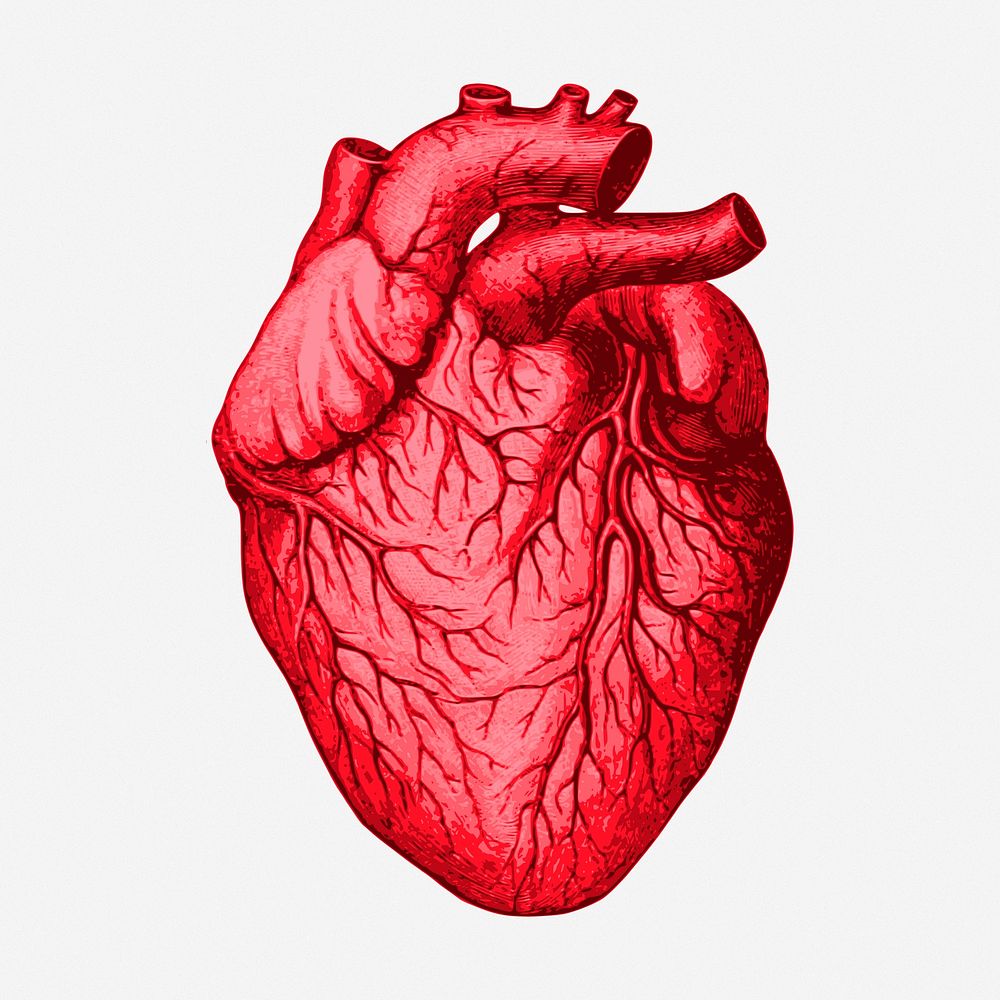Sometimes in the clinic, a child walks in with his parents and you hear the complaint of how he can never sit still. He is always active, running around all over the place, and this is the problem his parents have with him.
His teachers complain he is always talking. He can be rude and sometimes fights with his classmates. The worst is he makes silly mistakes in his classwork not because he doesn’t know it, but because he has problems paying attention.
Now, there is a normal activity level expected in children at a certain age, such that it would be unrealistic to expect them to sit in a place for long.
But then there is also Attention Deficit Hyperactivity Disorder (ADHD).
ADHD is a brain or development disorder, affecting between 5 and 8% of children.
ADHD affects a child’s learning and their functioning in daily life. It has three main features:
- inattention – not being able to stay focused
- Hyperactivity – excess movement that is not appropriate to the setting or excessive fidgeting, tapping or talking
- Impulsivity – acting hastily without thinking, and in a way that may have a high potential for harm.
The Three Types of ADHD
Many people think ADHD is all about children who cannot sit still. But that is not totally correct. There are three different types:
- Inattentive Type (formerly called ADD):
Children with Inattentive ADHD can have difficulty concentrating, get distracted easily, and forget things like where they placed their toys, socks, and their school bags. It’s not about being lazy or careless; it’s a genuine struggle to stay focused. - Hyperactive-Impulsive Type:
I once had a patient with ADHD who could not just sit still, always tapping their feet or fidgeting with something in their hands. That’s hyperactive ADHD. It’s not just physical restlessness; people with this type may also struggle with impulsivity—speaking without thinking, interrupting others, or acting on impulse without considering the consequences. - Combined Type:
Many people have a mix of both inattentive and hyperactive-impulsive symptoms, making this the most common type. One moment they’re daydreaming and can’t focus, and the next, they’re impatiently interrupting someone mid-sentence.

What Causes ADHD?
There isn’t a single cause of ADHD. It’s a mix of genetics, brain chemistry, and environmental factors. If you have a family member with ADHD, you’re more likely to have it too. Brain scans have shown that people with ADHD have differences in brain structure and how certain chemicals, like dopamine, function.

Environmental factors, like exposure to tobacco smoke or alcohol during pregnancy, and even low birth weight, have also been linked to ADHD.
However, one thing is clear: ADHD is not caused by bad parenting, too much sugar, or watching too much TV.
I cannot count how many parents are so quick to blame themselves or their kids for this!
It is not the fault of the child or parents!
It is a medical condition!
Spotting the Signs of ADHD
ADHD can present in different ways, depending on the person’s age and whether they have more inattentive or hyperactive-impulsive symptoms. Here are some common signs to watch for:
- Inattention:
Struggling to focus, easily distracted, forgetting things like homework or deadlines, and avoiding tasks that require mental effort (like writing that dreaded report or paying attention during a long meeting). - Hyperactivity:
Constant fidgeting, talking non-stop, having trouble sitting still (even during a movie), and feeling restless. For children, it can look like running around when they’re supposed to be sitting quietly. For adults, it might be always needing to do something, like pacing during a phone call. - Impulsivity:
Interrupting others during conversations, making decisions on the fly without thinking them through, and being impatient. Impulsivity can lead to problems with relationships, work, or finances (think of someone buying something expensive on a whim).
Diagnosing ADHD
If you suspect you or your child has ADHD, getting a proper diagnosis is key. ADHD isn’t something you can diagnose just by reading an article or taking an online quiz. It requires a thorough evaluation by a healthcare professional.

As a matter of fact, there is a whole extensive diagnostic criteria that should be met before making a diagnosis of ADHD.
The diagnosis typically involves a detailed history, questionnaires, and sometimes feedback from teachers or partners. The doctor will look at whether the symptoms have been ongoing for at least six months and if they’re affecting daily life.
How is ADHD Treated?
There’s no cure for ADHD, but there are ways to manage the symptoms and live a successful, fulfilling life.
- Medication:
Stimulant medications (like Ritalin or Adderall) are often the first line of treatment. These help increase dopamine levels in the brain, which improves attention and focus. Non-stimulants, like atomoxetine, may be prescribed if stimulants aren’t effective or cause side effects. - Therapy:
Cognitive-behavioural therapy (CBT) is often helpful for managing the emotional and behavioural aspects of ADHD. It teaches skills like time management, organization, and coping strategies for dealing with frustration and impulsiveness. - Lifestyle Changes:
Exercise, a healthy diet, and proper sleep are important too. Regular physical activity can help improve focus and reduce hyperactivity. For children, structured routines and positive reinforcement at home and school can make a big difference.
ADHD in Adults: A Different Challenge
ADHD isn’t just a childhood disorder. Many adults struggle with it, often without even realizing it. In fact, a lot of people don’t get diagnosed until they’re adults, after years of feeling like they’re constantly forgetting things, struggling at work, or having difficulty maintaining relationships.
That may often be difficult to accept.
I mean, I have seen adults break down in tears because they have been labelled as ‘fidgety,’ ‘forgetful, and’ hyperactive’ for years, only to be diagnosed with ADHD later on.
Some may have even lost job opportunities because of the constant state of restlessness they experience while working.
Adults with ADHD might find it hard to meet deadlines, stay organized, or control impulses, which can lead to job troubles or strained personal relationships. However, with proper diagnosis and treatment, they can learn to manage their symptoms and lead productive lives.
Common Myths about ADHD
There’s a lot of misinformation about ADHD. Let’s clear up a few myths:
- “ADHD isn’t real; it’s just bad behaviour.”
ADHD is a real, scientifically backed condition. It’s not about someone being naughty or lazy.

- “Only kids get ADHD.”
While it’s often diagnosed in childhood, many adults live with undiagnosed ADHD. Their symptoms just look different.

- “Medication is the only way to treat ADHD.”
Medication can help, but it’s not the only solution. Therapy, lifestyle changes, and support systems are also crucial.

Living with ADHD
Living with ADHD can be challenging, but it’s manageable with the right tools. Whether it’s medication, therapy, or simply having more structure and support, people with ADHD can thrive.

If you think you or someone you know might have ADHD, don’t hesitate to seek help. The sooner it’s diagnosed, the sooner you can start finding strategies that work. ADHD isn’t a life sentence—it’s just a different way of thinking and processing the world, and with the right approach, people with ADHD can channel their energy, creativity, and unique talents to succeed in whatever they do.


